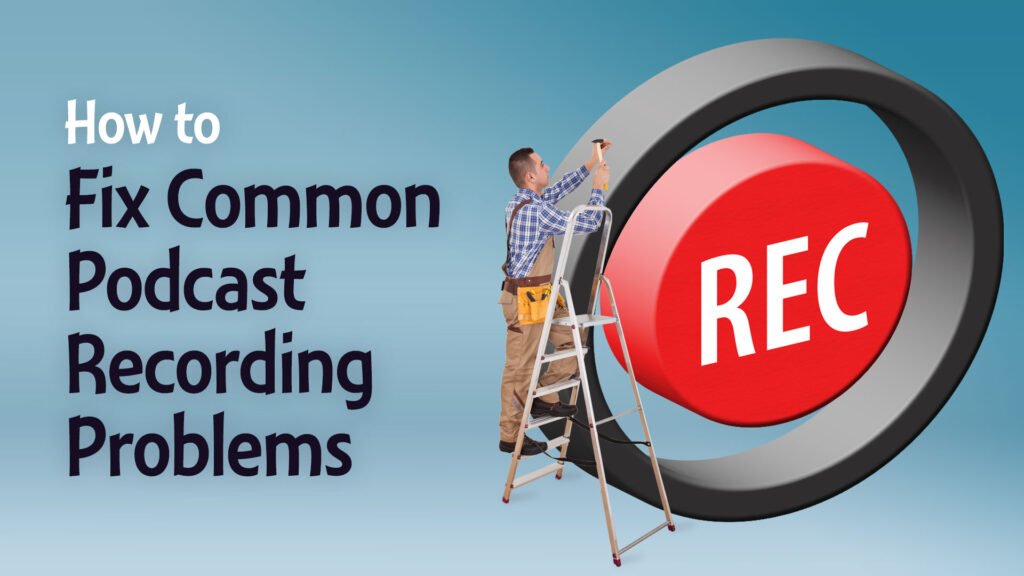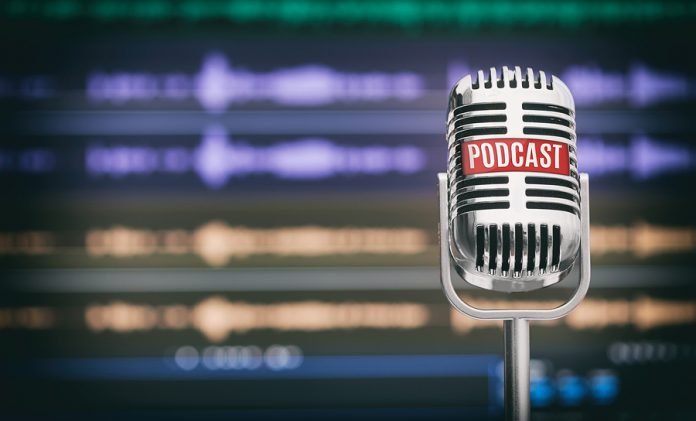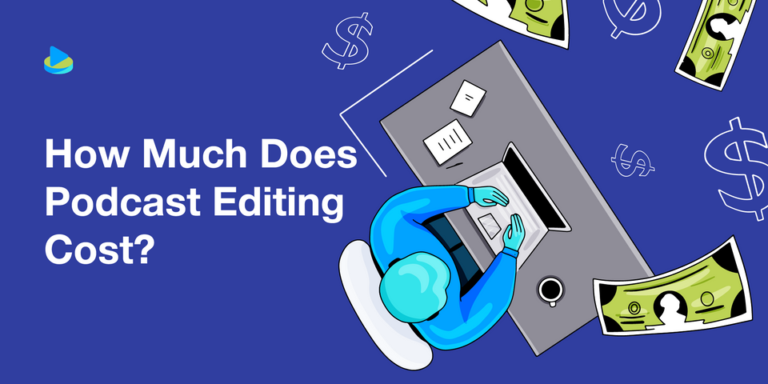How to Fix Common Podcast Recording Problems
Clear, high-quality audio is essential to keeping listeners engaged with your podcast. Poor sound quality, background noise, or distracting echoes can cause your audience to tune out.
In this article, we’ll show you how to fix common podcast audio issues like echo, background noise, clipping, and muddy sound. Whether you’re recording from a closet or a full studio, sound quality can make or break your podcast. The good news? Most problems are fixable with a few smart tweaks and the right tools.

Why Audio Quality Matters in Podcasting
Podcasting is an audio-first medium. Your listeners expect clean, professional sound, and even minor audio issues can affect listener retention, reviews, and your show’s credibility.
Most Common Podcast Audio Issues
Here are the audio problems podcasters face most often:

- Echo and Room Reverb: Echoes occur when sound waves bounce off hard surfaces, making your voice sound hollow.
- Background Noise: Includes unwanted sounds like fans, air conditioning, street noise, or people talking in the background.
- Uneven Volume Levels: Significant volume differences between hosts, guests, or segments create an unpleasant listening experience.
- Pops, Clicks, and Plosives: Popping sounds from “P” and “B” consonants or sudden microphone handling noises.
- Hissing and Static: Electrical interference or poor-quality cables can introduce static or hissing sounds.
How to Fix Echo and Reverb
Optimize Your Recording Space
• Record in a small, carpeted room with soft furnishings.
• Add acoustic foam panels or soundproofing materials.
Mic Positioning
• Keep the microphone close to your mouth (6–12 inches away).
• Angle the mic slightly off-center to reduce reflections.
Use Audio Editing Tools
• Apply reverb reduction plugins like iZotope RX or Adobe Audition’s DeReverb effect.
How to Reduce Background Noise
Record in a Quiet Environment
• Turn off noisy appliances and record away from high-traffic areas.
Use Quality Equipment
• Dynamic microphones like the Shure SM7B reject background noise better than condenser mics.
Apply Noise Reduction in Post-Production
• Use tools like Audacity’s Noise Reduction effect or Krisp AI plugin.
Balancing Volume Levels
Monitor While Recording
• Always use headphones to monitor audio levels in real-time.
Leveling During Editing
• Normalize audio tracks and apply compression to ensure consistent volume.
Use Automatic Leveling Tools
• Auphonic and Adobe Audition’s Loudness Radar can automatically balance audio levels.
Eliminating Pops, Clicks, and Plosives
Use a Pop Filter
• Attach a pop filter to your mic to reduce plosive sounds.
Proper Mic Technique
• Speak slightly off-axis to avoid direct airflow into the mic.
Edit Out Clicks
• Use editing software’s click removal tools to clean up recordings.
Removing Hissing and Static
- Use High-Quality Cables and Equipment: Cheap cables and poor-quality gear often introduce unwanted noise.
- Ground Your Equipment Properly: Improper grounding can lead to electrical interference.
- Apply Noise Reduction Effects: Advanced editing tools like Adobe Audition or iZotope RX can eliminate hissing and static.
Bonus Tip: Always Test Your Audio Setup
Recommended Tools for Cleaner Sound
If you’re serious about learning how to fix common podcast audio issues without spending a fortune, start here:
- Adobe Podcast Enhance – Free AI-powered tool for making you sound studio-ready.
- Audacity – Free, open-source DAW with solid noise reduction tools.
- Descript – Great for editing by text + decent sound cleanup.
- iZotope RX Elements – For surgical-level noise and hum removal.
Record short test clips before every session to check for issues like noise, echo, or volume imbalance. Identifying problems early saves time in post-production.
When to Hire a Professional Editor
If you’re spending too much time fixing audio issues or struggling with quality, it may be time to outsource to a professional editing service. Experienced editors can quickly address these problems and ensure your podcast sounds polished and professional.
Ready to Improve Your Podcast Audio Quality?
Learning how to fix common podcast audio issues isn’t about perfection—it’s about clarity and connection. Your listeners want to hear you, not your fridge kicking on mid-sentence.
Start with what you have. Clean up what you can. And remember: people will forgive a little background noise if your content is solid—but a muffled mess? That’s a one-star review waiting to happen.
At Social Peak Media, we specialize in podcast editing services that eliminate audio issues and deliver professional, broadcast-quality sound. Contact us today to take your podcast to the next level.






